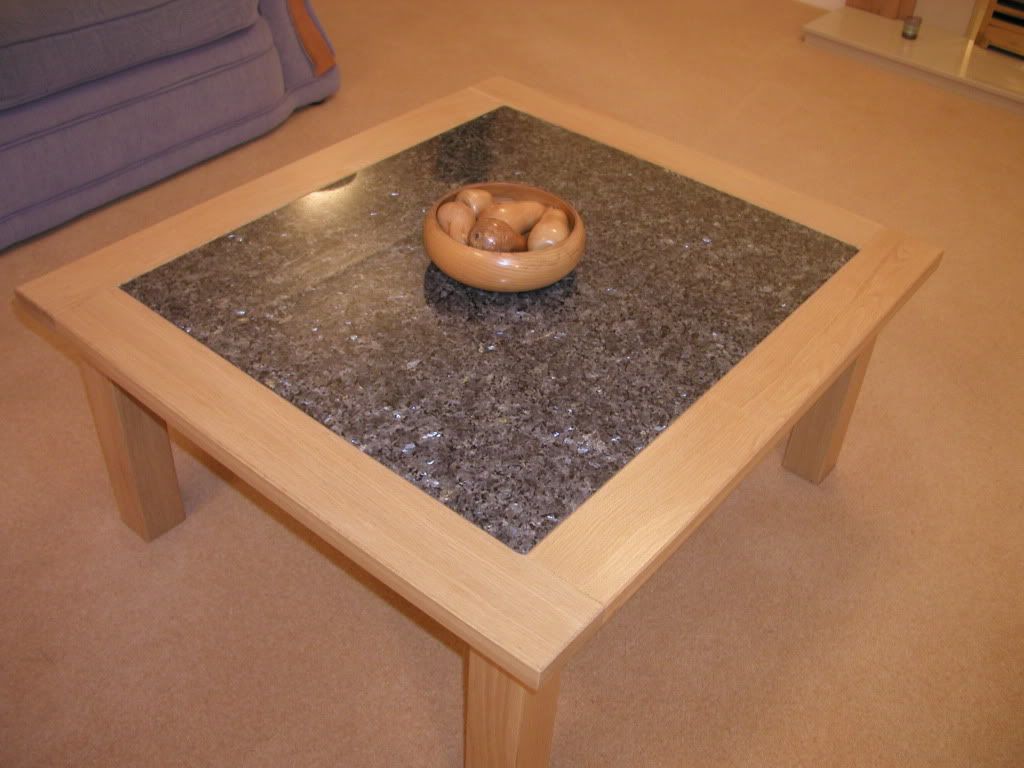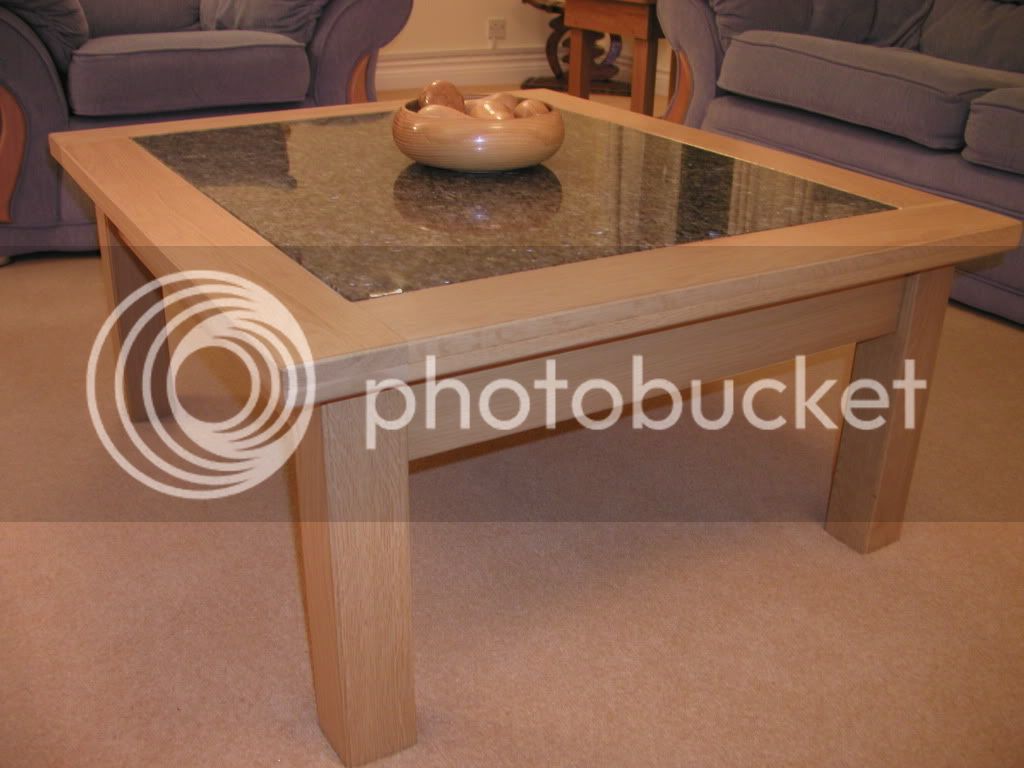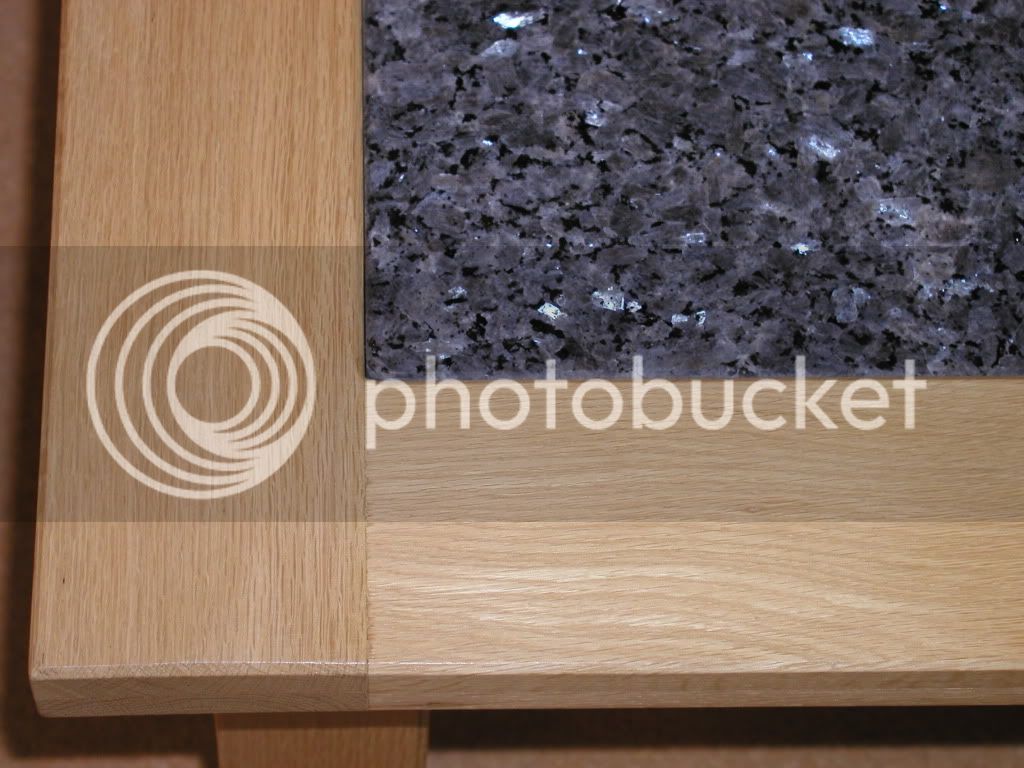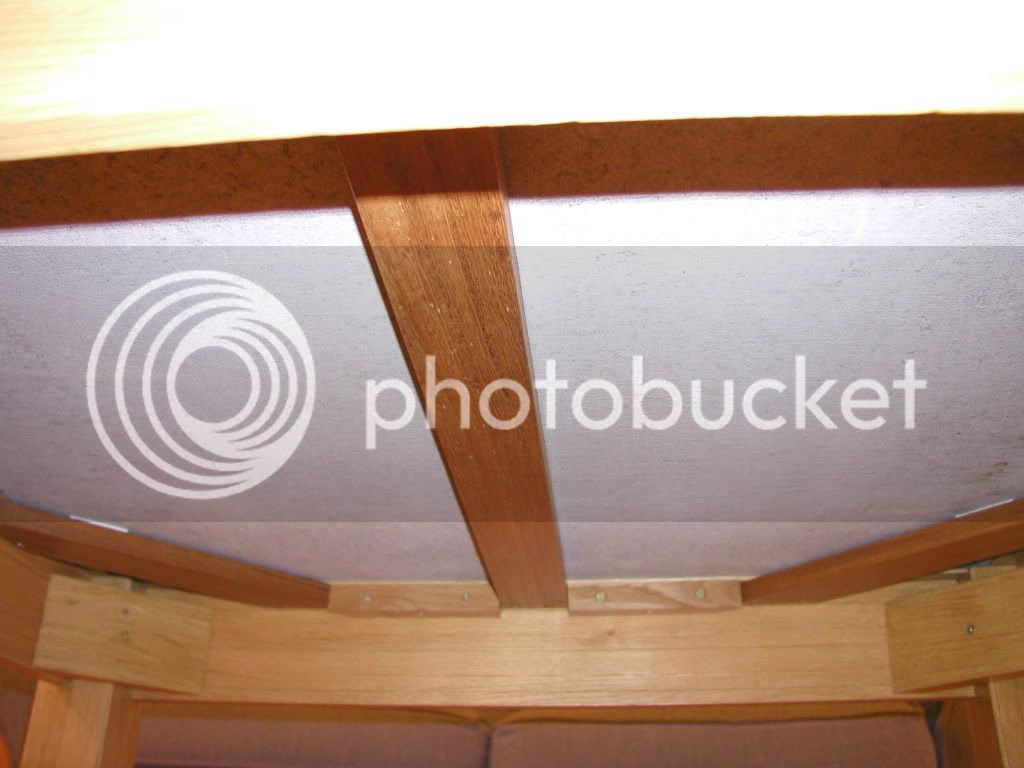One necessary requirement in creating a situation where silicone or whatever can handle the movement of the wood is to ensure that the bond line is thick enough. (a bit like the width of the grout line while tiling) Make the gap too narrow and the chances are that the silicone will come apart (shear and tear) over time.
It'd also be desirable to use a biocide containing grade of silicone to prevent fungus and the resulting black staining (go for a dark colour?), although maybe food contact could be an issue with that. Also a top quality (quite a lot more expensive) high polymer content grade like PCI which is likely to be longer lasting. (the cured material has better physical properties)
Spacers (beads and the like) tend to be necessary to get control of the thickness of the bond line.
Even if the grout line is wide enough the silicone may develop quite a pronounced upwards bulge as the gap narrows - I've had this effect with joints between tiles and door saddles fore example.
There are ways to minimise this by incorporating a purpose made compressible strip (rubber/foam tube and the like) in the gap so far as I can remember, but you also need to make sure that the top surface of the sealant is finished in a concave U shape to give it some room to move without bulging above the surface.
This book
http://www.amazon.com/Setting-Tile-Home ... 1561580805 (Setting Tile by Michael Byrne - it's a really good tiling manual that mixes the technical detail with the practice of tiling) if my memory hasn't gone off details some of these methods in the context of installing expansion joints.
I've seen others talk of using one of the highly PVA polymer modified flexible tile cements to lay tiles on tables and the like.
Whether or not I was using a silicone or a tile cement I'd definitely want to go carefully, and put it in detail (via a drawing) to the technical support department at the factory (not some doofer at a retailer's shop) of a good maker of both materials like PCI BASF before committing....





































